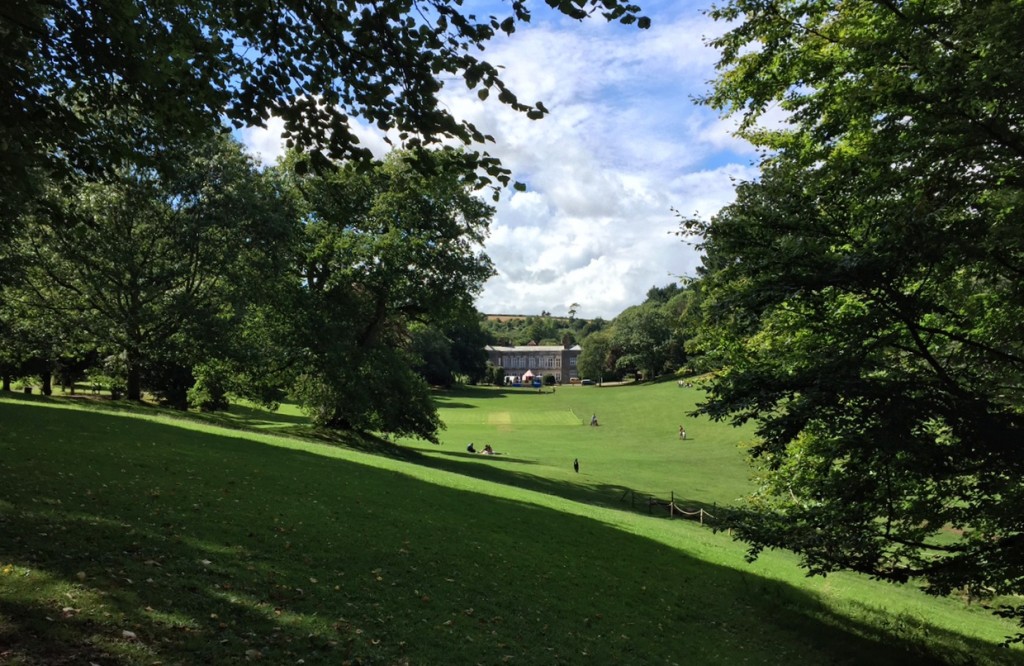Hmmm… I found this a bit worrying:
A Hungarian psychology professor once wrote to famous creators asking them to be interviewed for a book he was writing. One of the most interesting things about his project was how many people said “no.”
Management writer Peter Drucker: “One of the secrets of productivity (in which I believe whereas I do not believe in creativity) is to have a VERY BIG waste paper basket to take care of ALL invitations such as yours — productivity in my experience consists of NOT doing anything that helps the work of other people but to spend all one’s time on the work the Good Lord has fitted one to do, and to do well.”
Secretary to novelist Saul Bellow: “Mr Bellow informed me that he remains creative in the second half of life, at least in part, because he does not allow himself to be a part of other people’s ‘studies.’ ”
Photographer Richard Avedon: “Sorry — too little time left.”
Secretary to composer György Ligeti: “He is creative and, because of this, totally overworked. Therefore, the very reason you wish to study his creative process is also the reason why he (unfortunately) does not have time to help you in this study. He would also like to add that he cannot answer your letter personally because he is trying desperately to finish a Violin Concerto which will be premiered in the Fall.”
Why is this troubling? Two reasons. One is that I get asked to do a lot of things — give lectures, attend other people’s events, read and comment on drafts, sit on committees and advisory boards, etc. And I often say ‘yes’, and then half-regret it because I’m conscious that life is a zero-sum game: the more time I give to other people’s stuff, the less I have to do the things I want to do (like finishing the book I’m currently incubating).
On the other hand… I gain a lot from participating in things. Innovation and creativity are, to a greater or lesser extent, social processes. I get a lot us useful ideas — ideas that I wouldn’t have generated myself — from interacting with others. If I took the Saul Bellow line I would probably wind up leading a pretty sterile existence.
But at least then people wouldn’t ask me to do things!

